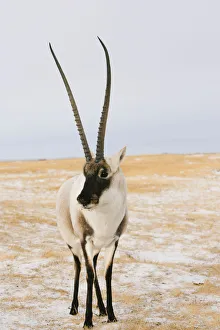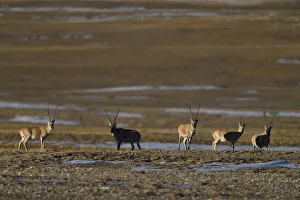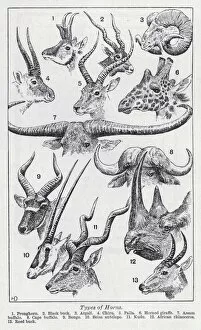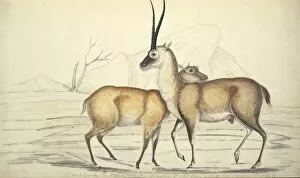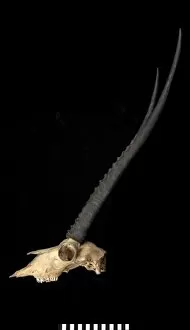Chiru Collection
"Discover the Majestic Chiru: A Symbol of Beauty and Resilience on the Tibetan Plateau" The Chiru, also known as the Tibetan antelope (Pantholops hodgsonii
All Professionally Made to Order for Quick Shipping
"Discover the Majestic Chiru: A Symbol of Beauty and Resilience on the Tibetan Plateau" The Chiru, also known as the Tibetan antelope (Pantholops hodgsonii), is a magnificent creature that roams freely in the breathtaking landscapes of Kekexili and Changtang on the Tibetan Plateau. With its distinct features and unique horns, this species has captivated both researchers and artists alike. These litho horns are not only an essential part of their identity but also serve as a testament to their strength and adaptability in harsh environments. Dating back to 1840, artwork depicting these incredible animals showcases their timeless allure. In Picture No. 10848763, three silhouetted Chirus stand against a backdrop of vast plains, embodying gracefulness amidst rugged terrains. The male chiru head depicted in artwork C016/5896 captures their regal presence with intricate details that bring them to life on paper. As we delve into the world of Pantholops hodgsonii, it becomes evident why they hold such significance. These creatures symbolize resilience, thriving against all odds in extreme conditions. Their survival instincts have allowed them to navigate through challenging climates while maintaining an air of elegance. The beauty of these Tibetan antelopes extends beyond physical appearance; they represent harmony between nature and wildlife conservation efforts. Protecting their habitat ensures future generations can witness firsthand the magnificence displayed by Pantholops hodgsonii. Let us cherish these remarkable beings - ambassadors for biodiversity - who remind us that even in remote corners like Kekexili or Changtang, nature's wonders continue to thrive against all odds.

